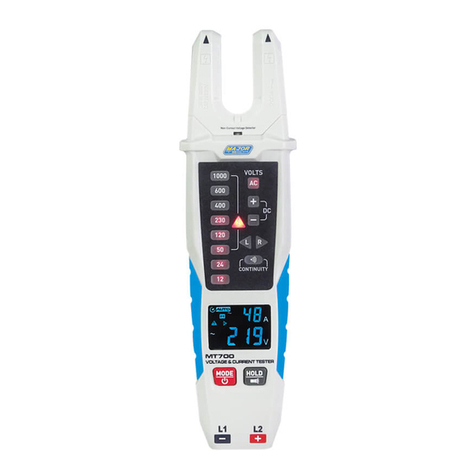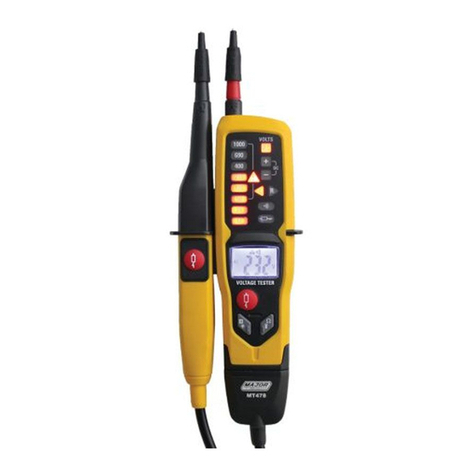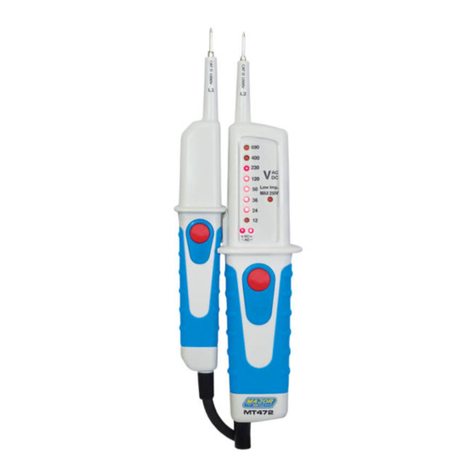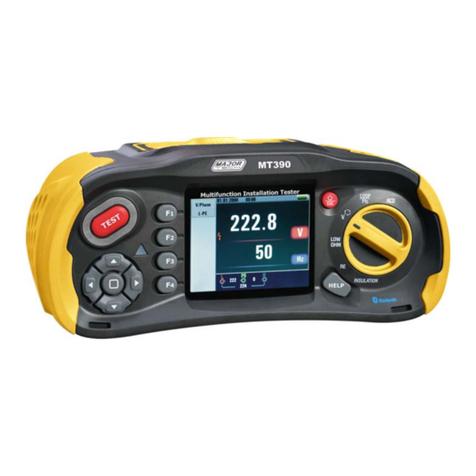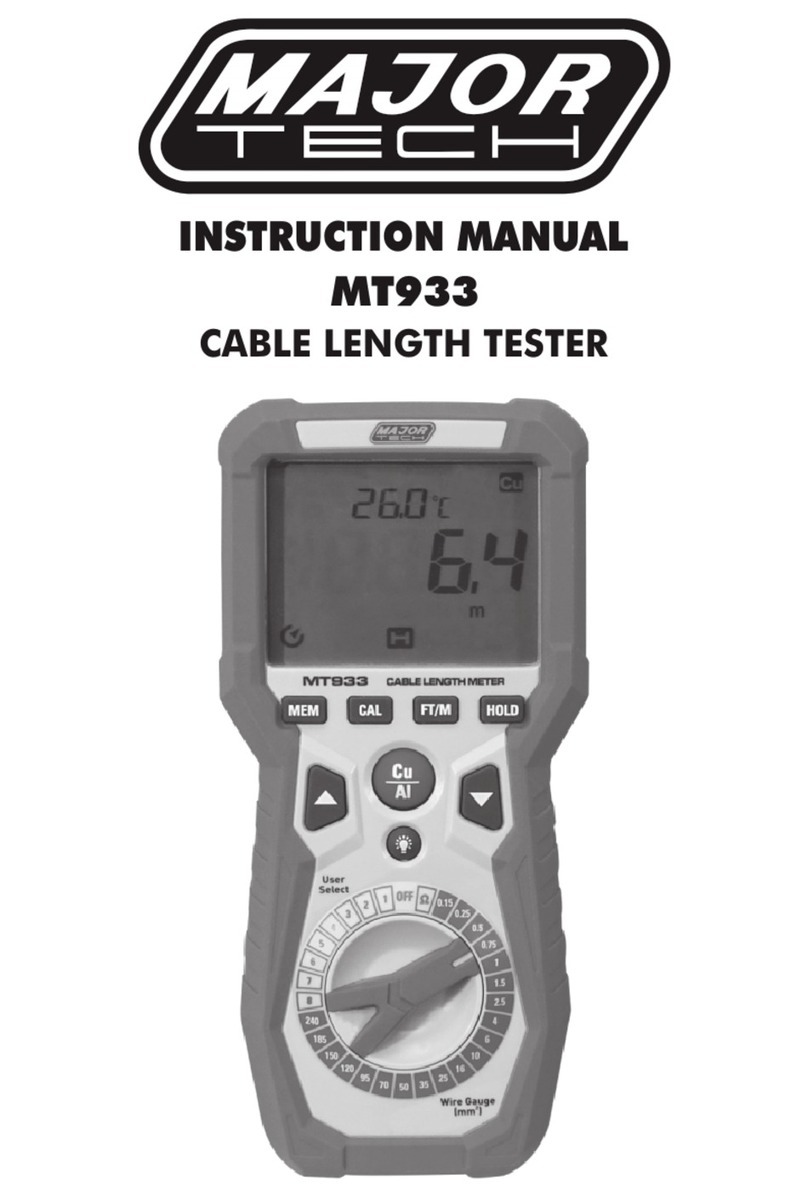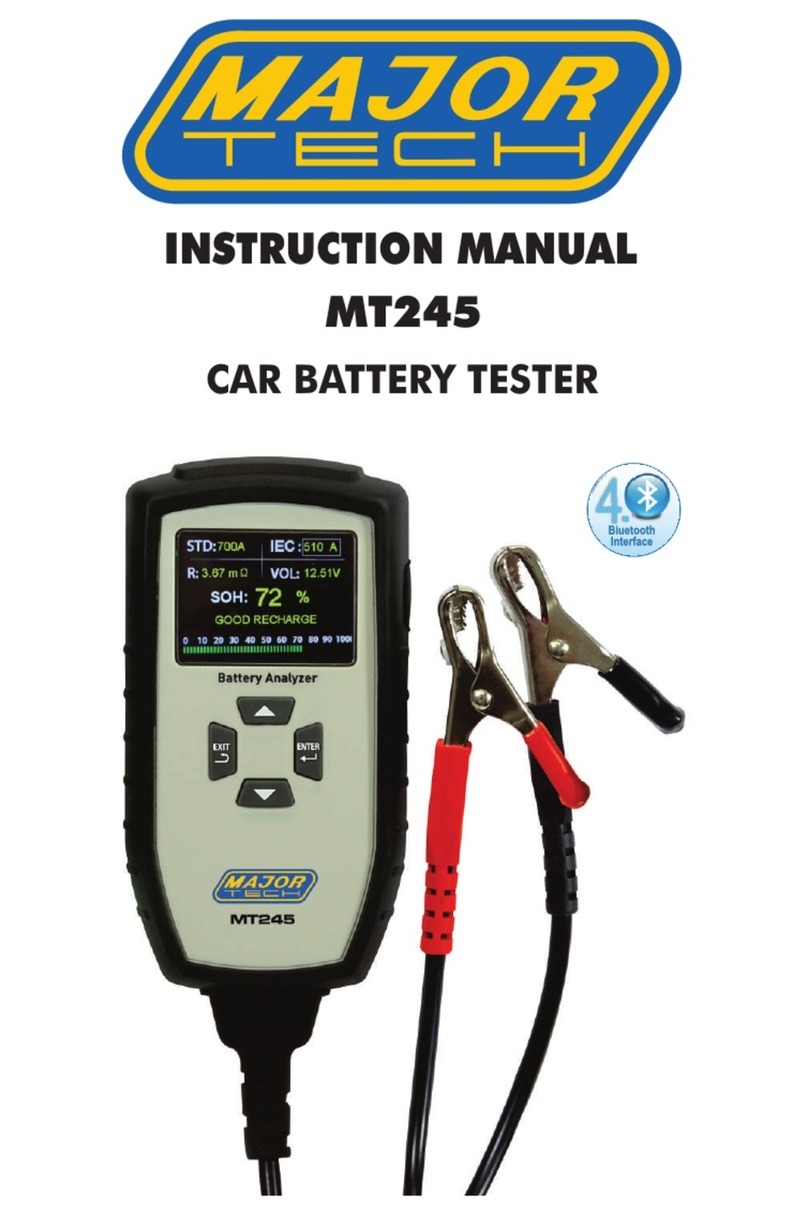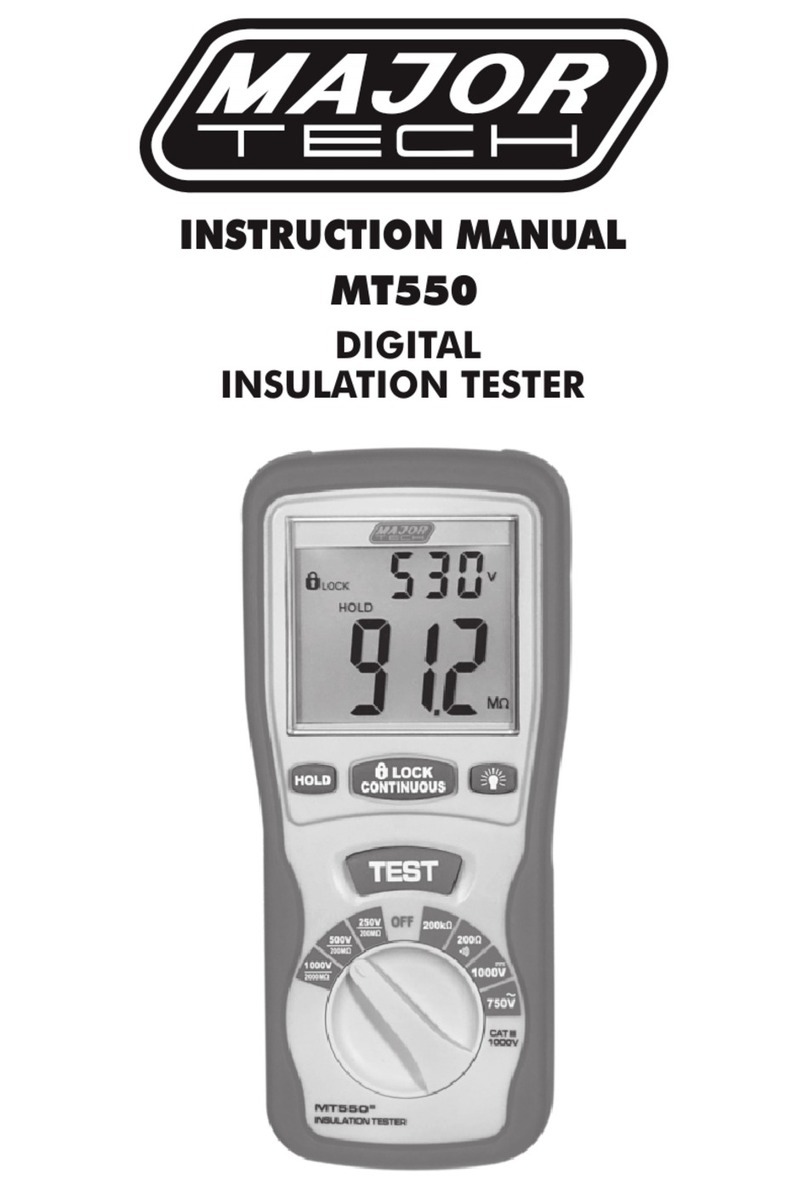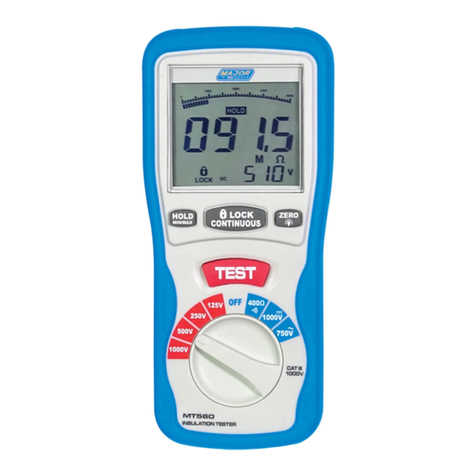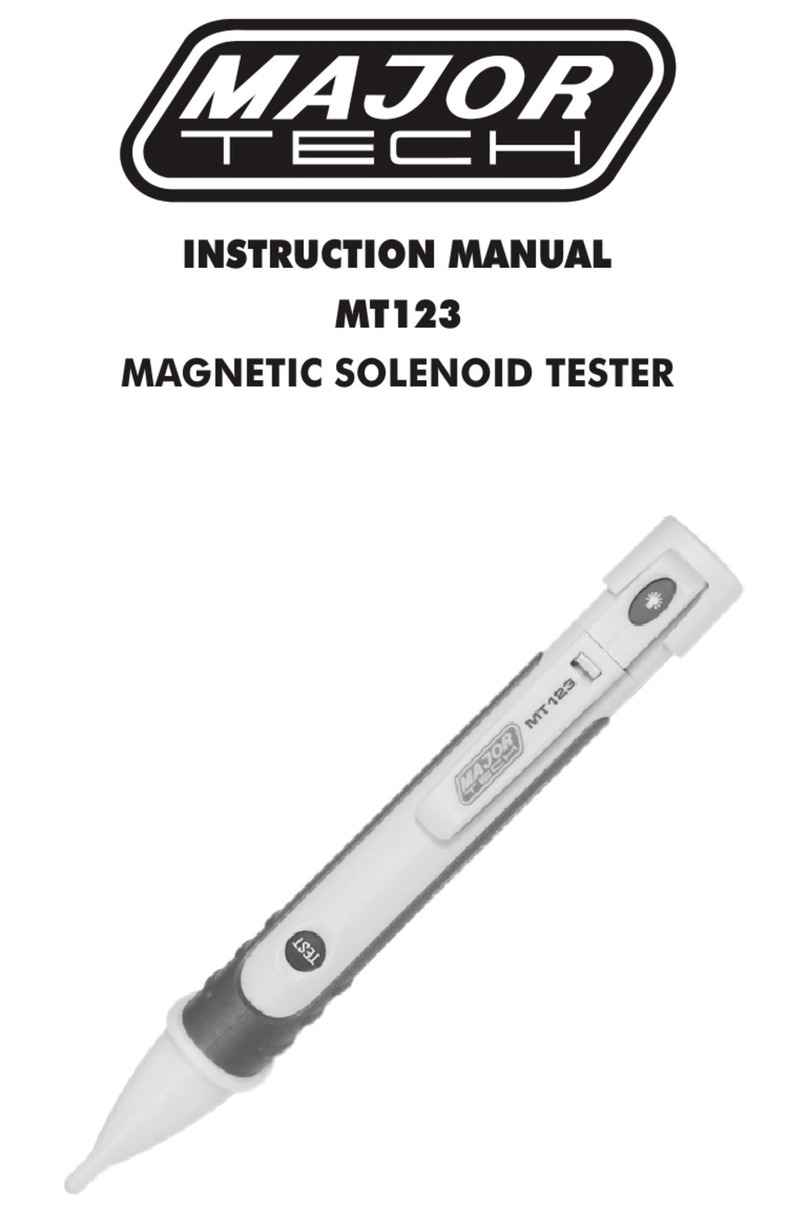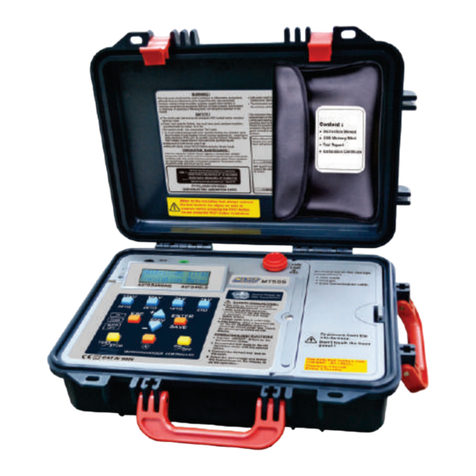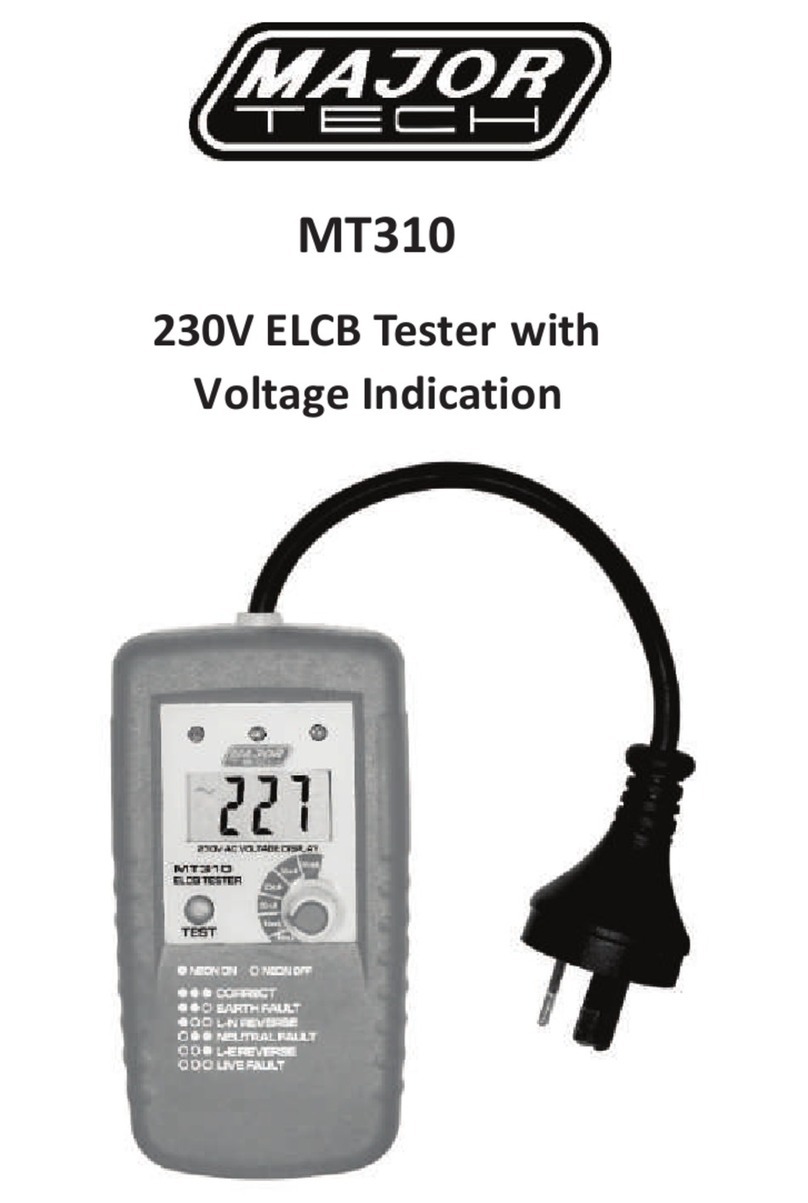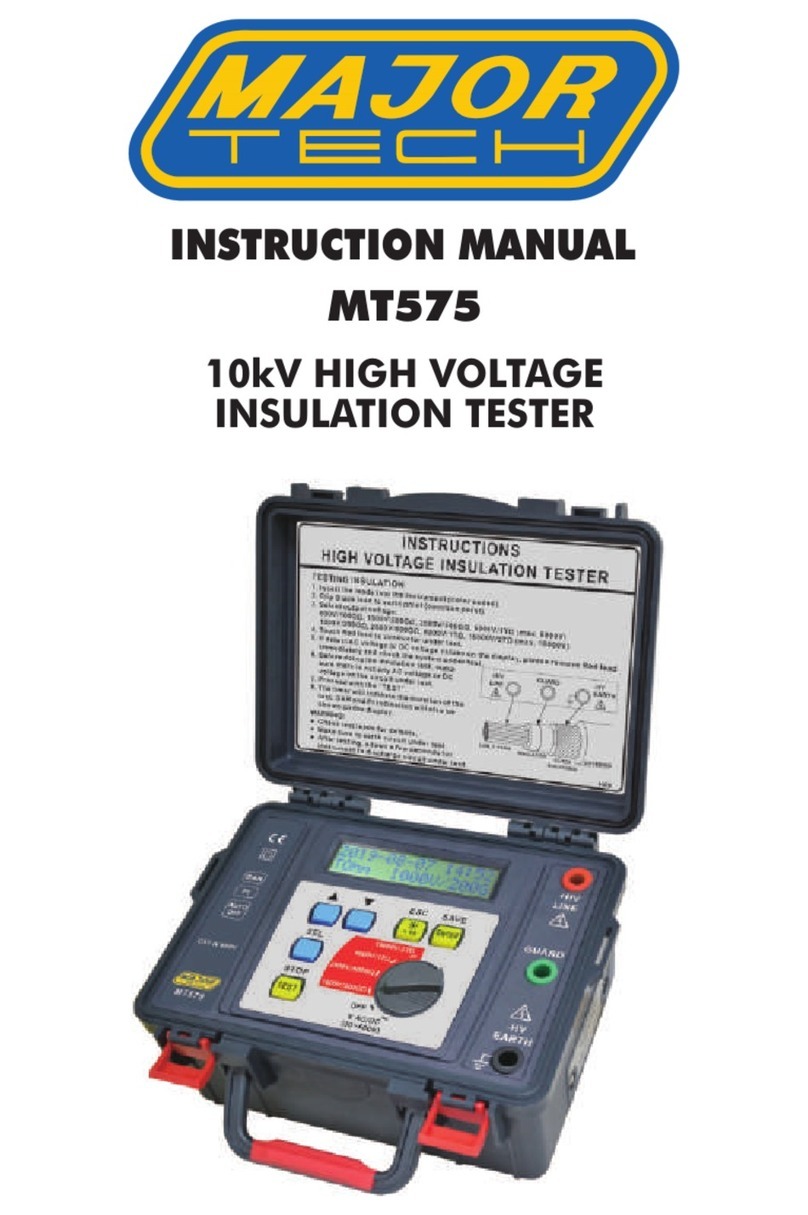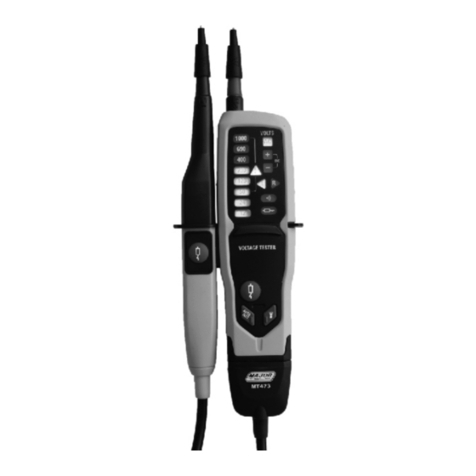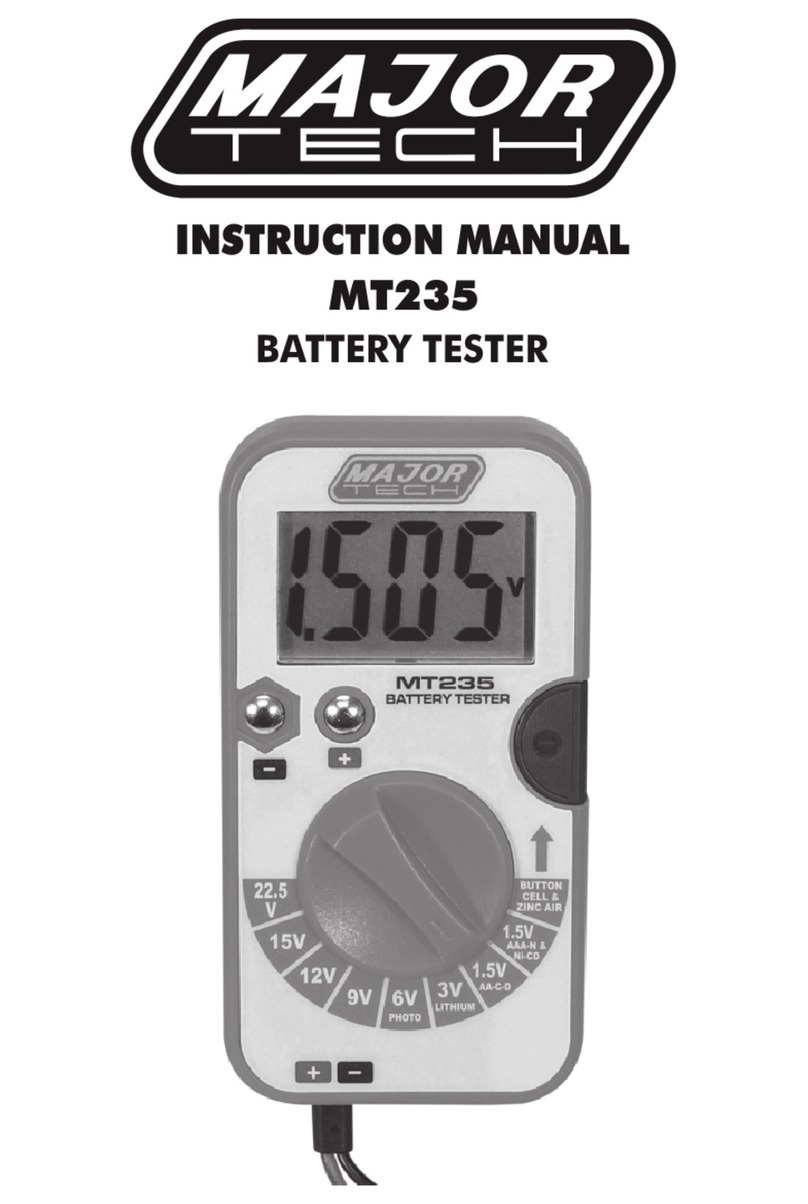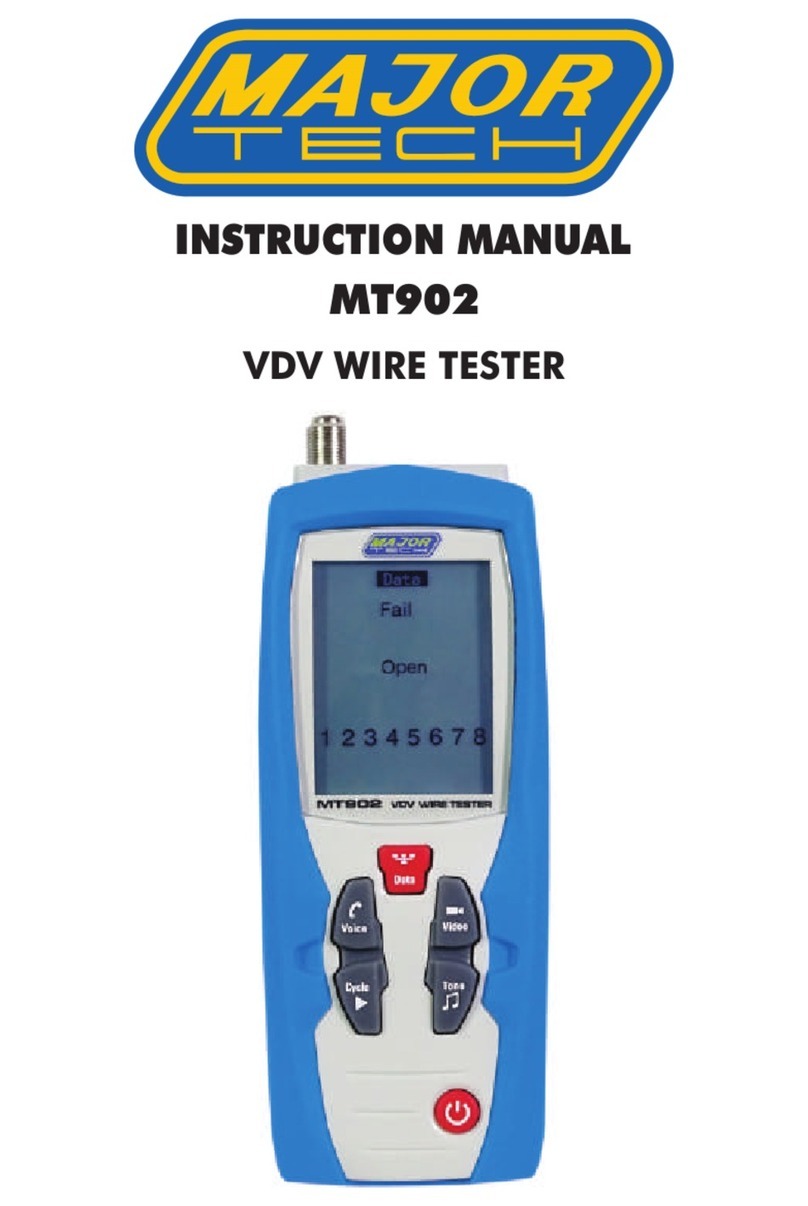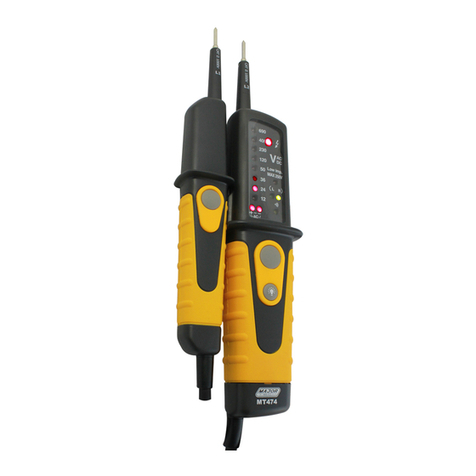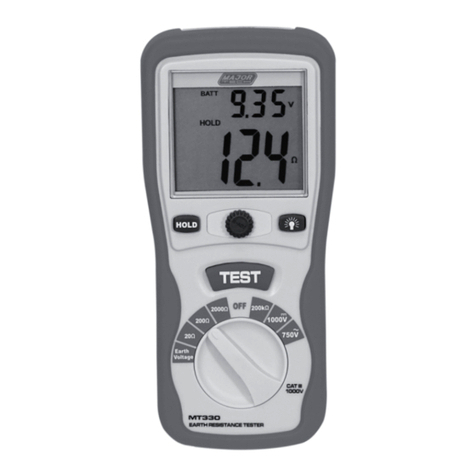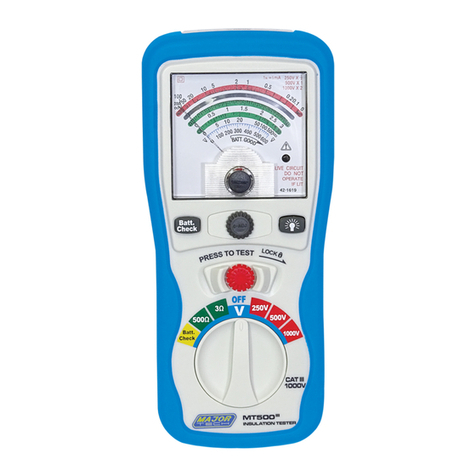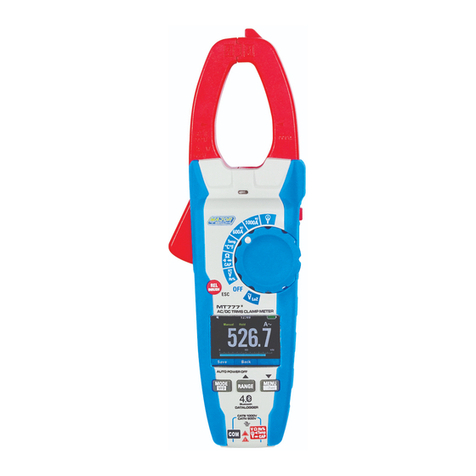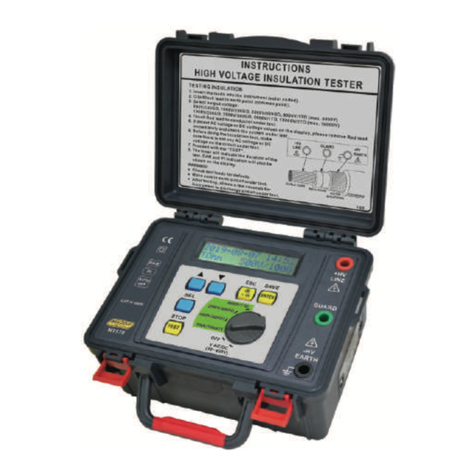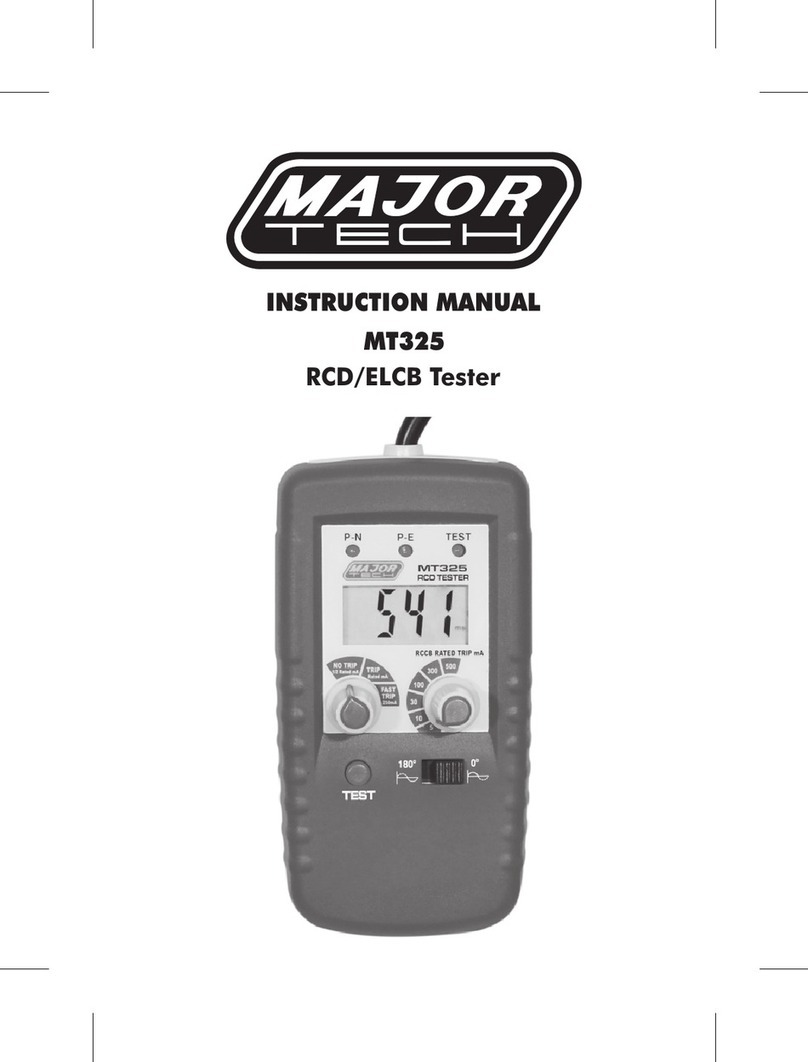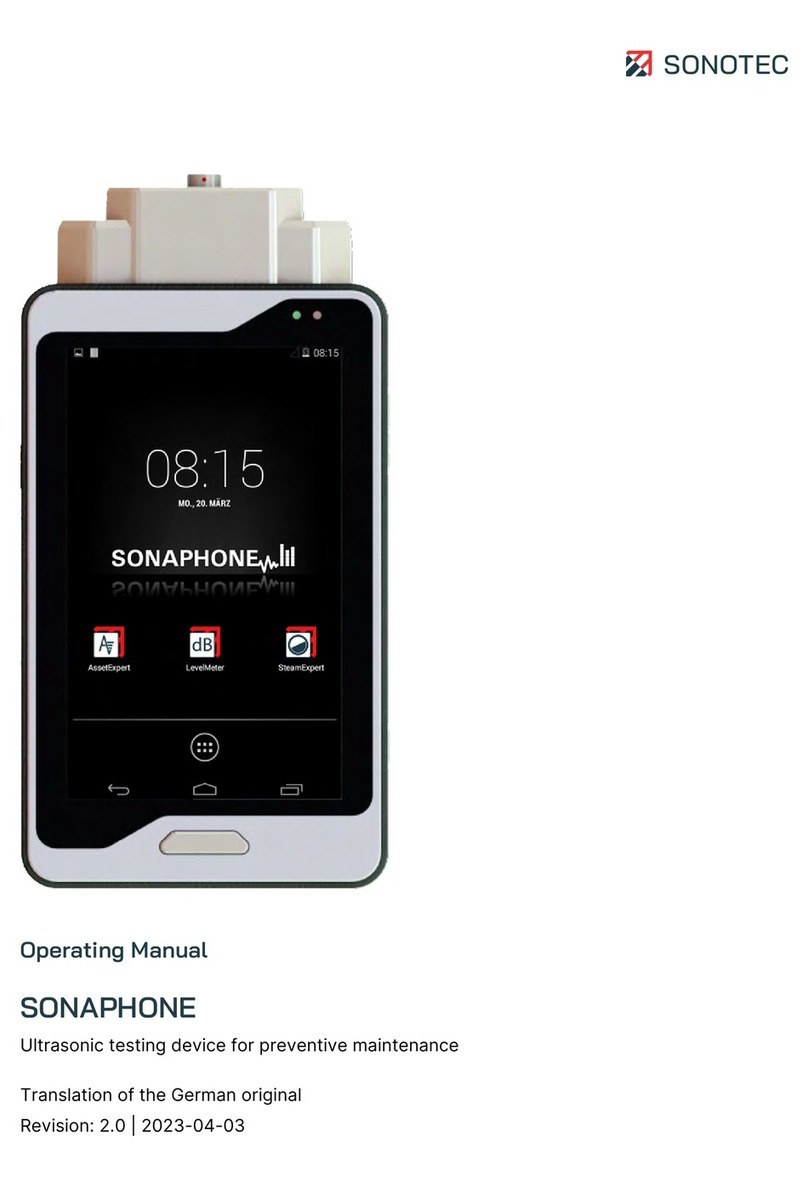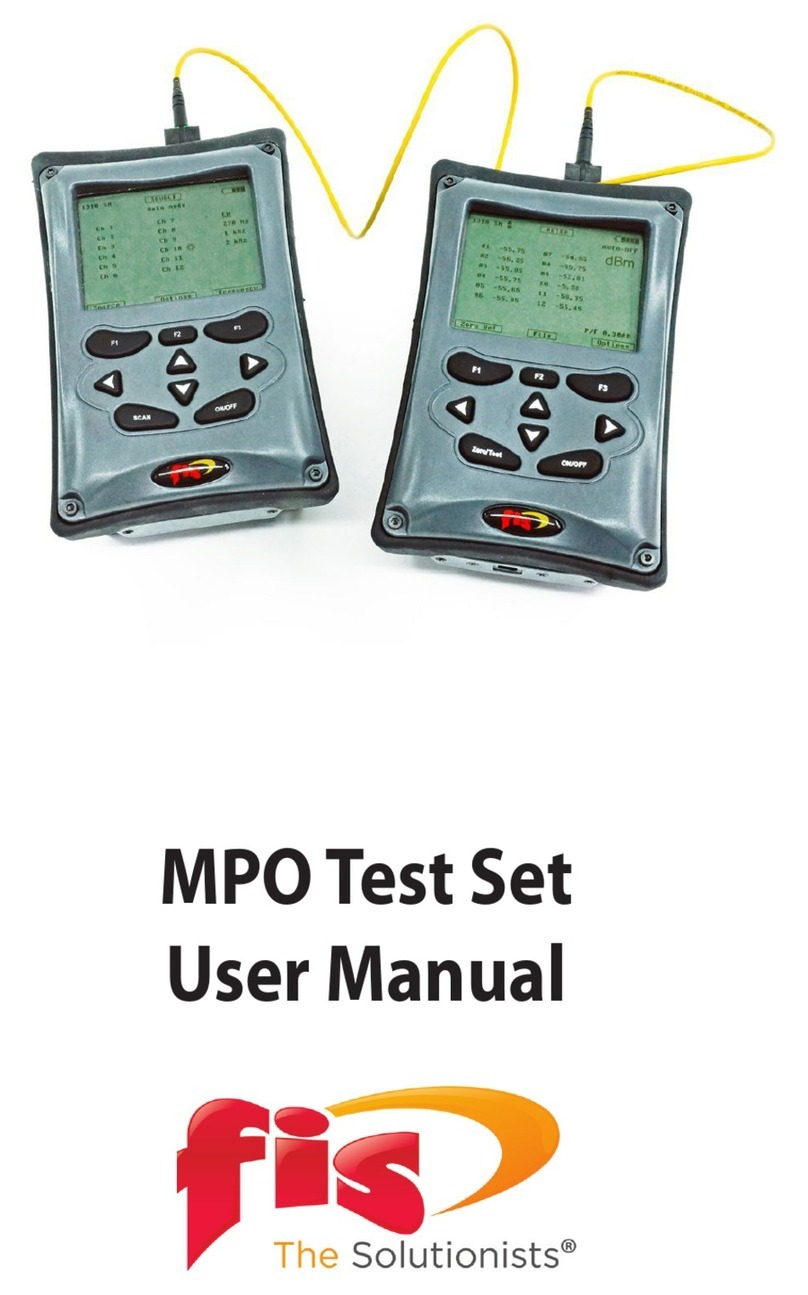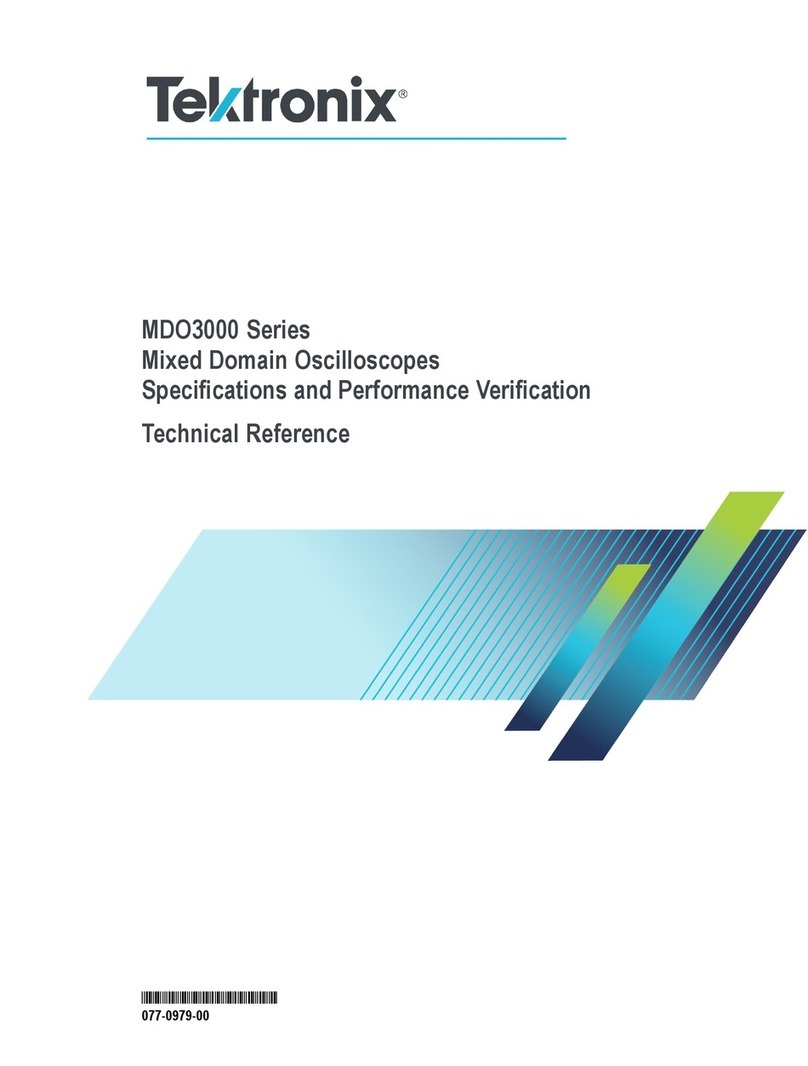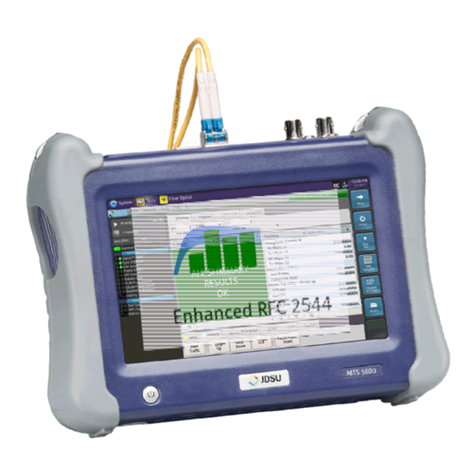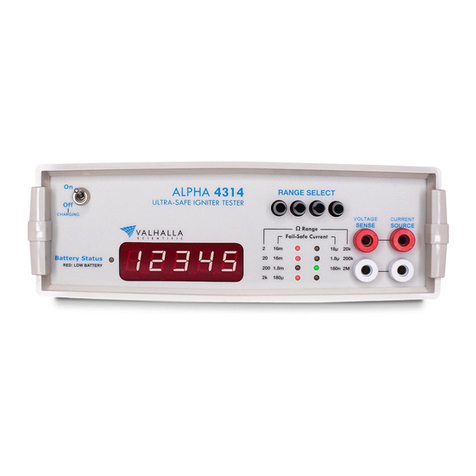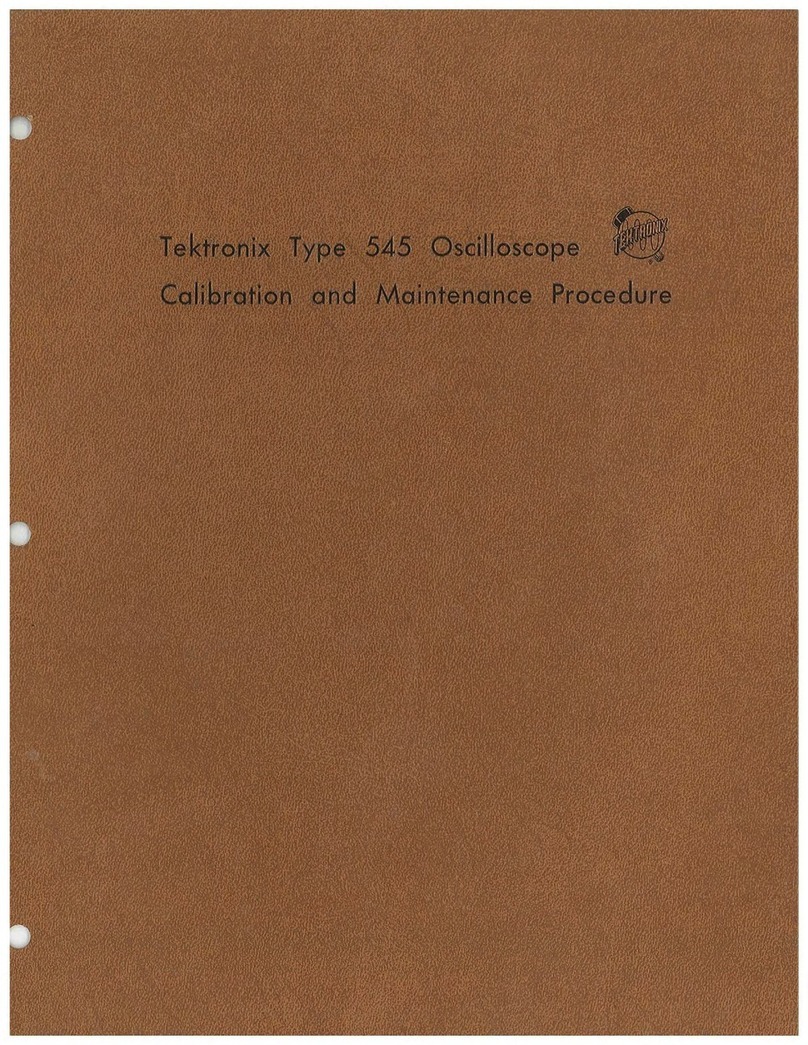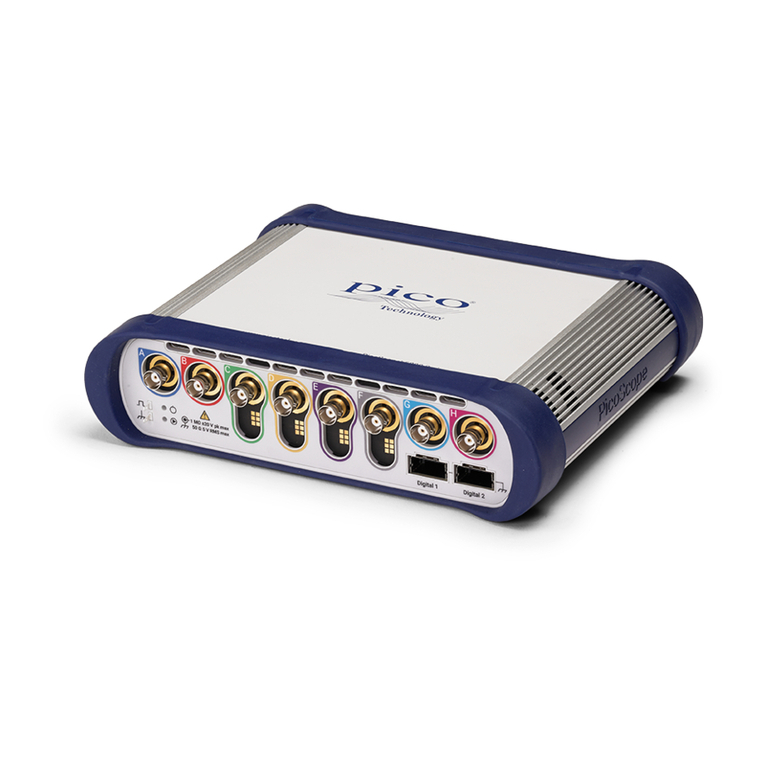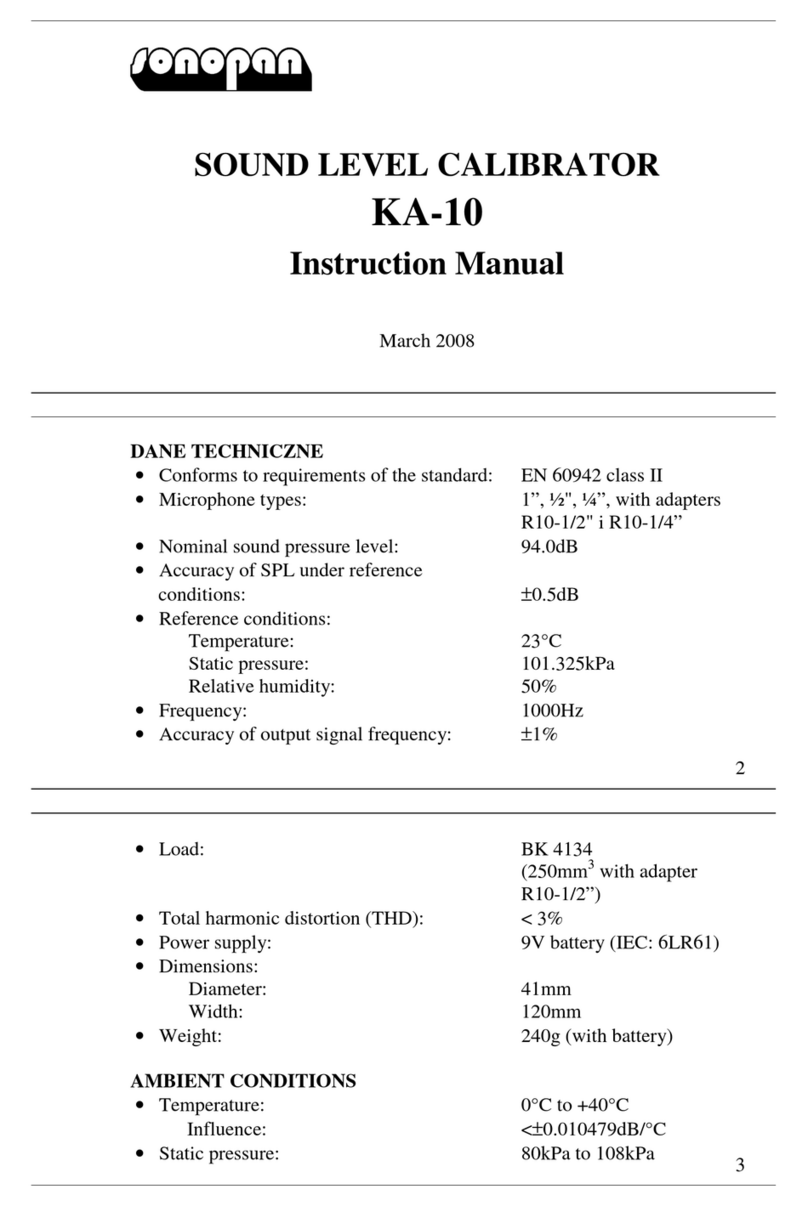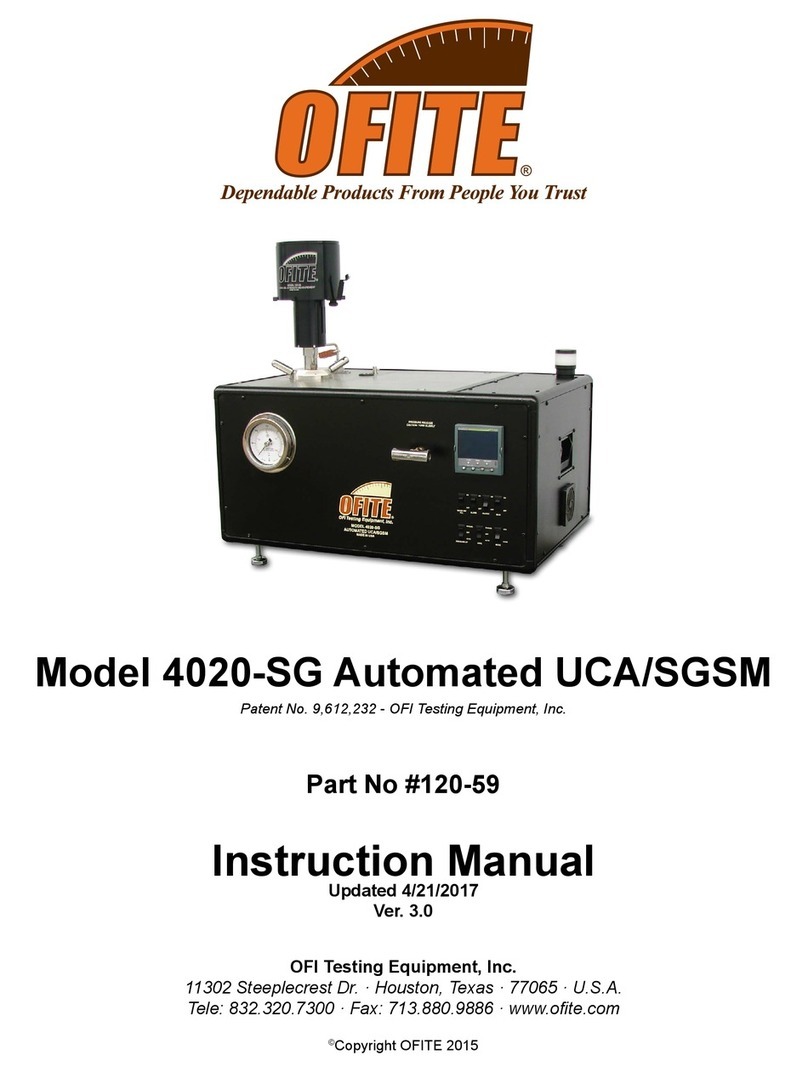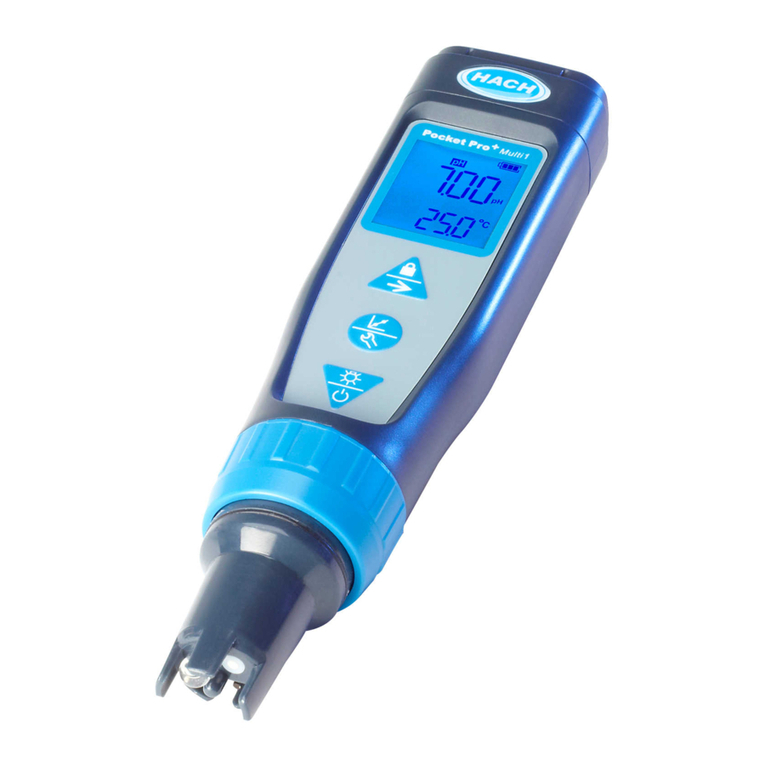
Contents Page no Open-case Inspection ................................................................................................. 5
Safety Instructions ....................................................................................................... 6
1. Overview ................................................................................................................ 10
1.1 Product introduction ........................................................................................ 10
1.2 Characteristics of Cable Locator .................................................................... 11
1.3 Names and functions of parts ......................................................................... 12
1.3.1 Sketch of transmitter ............................................................................. 12
1.3.2 Transmitter display ................................................................................ 12
1.3.3 Sketch of receiver .................................................................................. 13
1.3.4 Receiver display .................................................................................... 14
1.3.5 Display of receiver under cable locating mode .................................... 14
2. Carrying out measurement .................................................................................... 15
2.1 Measurement precautions ............................................................................. 15
2.2 Functional principle ........................................................................................ 15
2.3 Examples of typical application ..................................................................... 17
3. Details of application ............................................................................................. 18
3.1 One-pole application ....................................................................................... 18
3.1.1 In open circuit ....................................................................................... 18
3.1.2 Locating and tracing of lines and sockets ........................................... 19
3.1.3 Locating of line interruptions ................................................................ 20
3.1.4 Locating of line interruptions using two transmitters .......................... 21
3.1.5 Error detection for an electrical floor heating ...................................... 22
3.1.6 Detect the narrow (blocked) part of the laid non-metallic pipeline ....... 24
3.1. 7 Detect the laid metal tap water pipe and metal heating pipe .............. 25
3.1.8 Detect the power supply circuit on the same floor .............................. 26
3.1.9 Track an underground circuit .............................................................. 27
3.2 Dual-pole applications .................................................................................... 28
3.2.1 Applications in closed circuits .............................................................. 28
3.2.2 Search for the fuses.............................................................................. 29
3.2.3 Search for short circuit in the circuit...................................................... 30
3.2.4 Detect circuits laid relatively deep ....................................................... 30
3.2.5 Classify or determine the laid circuit..................................................... 32
3.3 Method to increase the effective radius of detecting charged circuits............. 33
3.4 Identify voltage in the grid and search for breakages in the circuit.................. 34
4. Other functions....................................................................................................... 35
4.1 Voltmeter function of the transmitter............................................................... 35
4.2 Flashlight function........................................................................................... 35
4.3 Backlight function............................................................................................ 35
4.4 Buzzer function................................................................................................ 35
4.5 Automatic shutdown function........................................................................... 35
5. Technical parameters............................................................................................. 36
5.1 Technical parameters of transmitter ............................................................... 36
5.2 Technical parameters of receiver .................................................................... 36
6. Repair and maintenance ....................................................................................... 37
6.1 Troubleshooting .............................................................................................. 37
6.2 Checking of the fuse of the transmitter ........................................................... 37
6.3 Cleaning .......................................................................................................... 38
6.4 Replace the battery ......................................................................................... 38
6.5 Interval of calibration ....................................................................................... 39
3




















